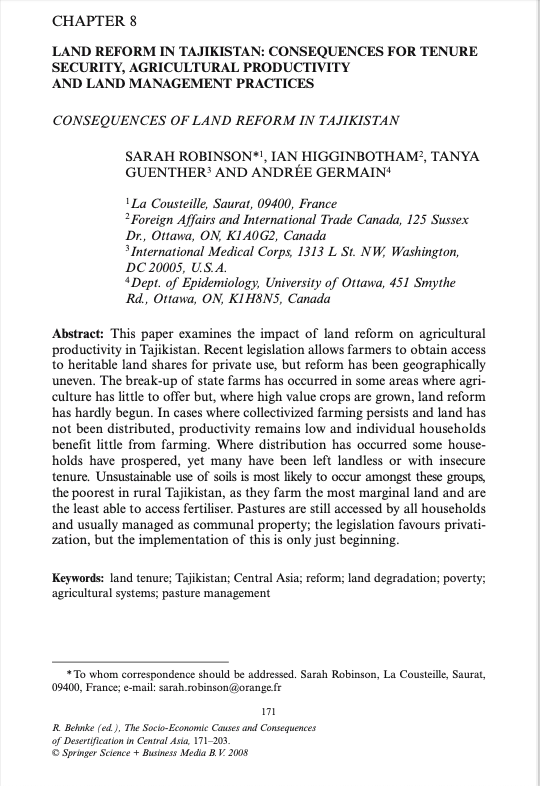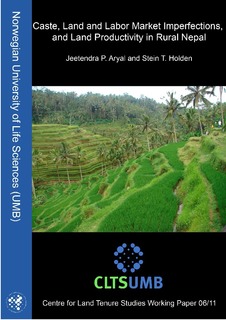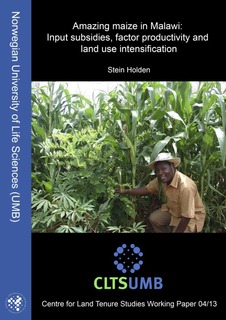The Impact of Urbanization on Farmland Productivity: Implications for China’s Requisition–Compensation Balance of Farmland Policy
The rapid growth of China’s economy since the reform in 1978 should be largely attributed to urbanization. Nonetheless, in terms of farmland productivity, urbanization may lead to perverse incentives and thus threaten food security. On the one hand, the requisition–compensation balance of farmland (RCBF) policy could reduce farmland productivity because of a “superior occupation and inferior compensation”; on the other hand, urbanization promotes the transfer of the younger labor force and thus reduces the productivity of the agricultural labor force.








